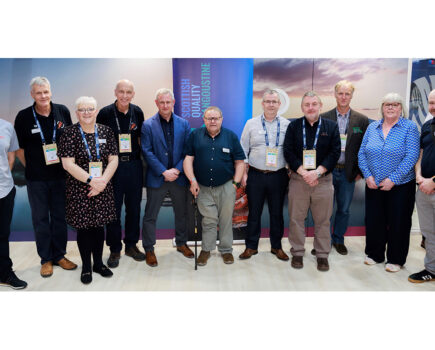Urgent action is required to stem the loss of the world’s seagrass meadows, to protect their associated fisheries. Writing in the journal Fish & Fisheries, Dr Richard Unsworth of Swansea University (together with colleagues at Cardiff University and Stockholm University) examines the global extent to which these meadows of underwater plants support fishing activity.
“Wherever seagrass exists in proximity to people, our research finds that it’s used as a key targeted fishing habitat,” said Dr Unsworth, who is based at Swansea University’s Biosciences department.
“Our research is, for the first time, recording how globally extensive the use of seagrass meadows as a fishery habitat is. In developing countries, this activity tends to have a major significance for daily food supply and general livelihoods. In developed countries, the role of this activity is more for recreation or species-specific targeted fisheries (eg, clams).”
Dr Nordlund, from Stockholm University, added: “The ecological value of seagrass meadows is irrefutable, yet their loss continues at an accelerating rate. Now there is growing evidence globally that many fisheries associated to seagrass are unrecorded, unreported and unmanaged, leading to a tragedy of the seagrass commons.”
In their article, the researchers highlight that because of their nearshore, shallow water distribution in sheltered environments, seagrass meadows make great places to fish in all conditions. This leads to high intensity of fishing effort, often all year round.
The authors have studied seagrass fisheries all around the world, from the Philippines to Zanzibar, Indonesia, the Turks & Caicos Islands, and locations in the Mediterranean. They have found many similarities in the types of fishing gear used, the major animal families that are fished, and the extent of effort focused in these sensitive habitats.
Even in small seagrass meadows in Wales, fishers can be seen targeting shrimp at low tide and placing gill nets to catch bass. By providing a three-dimensional structure in an otherwise barren sea, seagrasses provide the perfect hiding place for fish and invertebrates such as crabs, shrimp and clams. This abundance of animal life is what attracts fishers.
“It is important that more recognition is given to the value of these habitats for supporting fisheries, as they’re being damaged and degraded globally,” said Dr Cullen-Unsworth, one of the co-authors, who is also director of the marine conservation charity project Seagrass, which is working to highlight the importance and plight of these sensitive marine habitats.
Their paper – Global significance of seagrass fishery activity – is available (Open Access) to read here.
Read more from Fishing News here.








